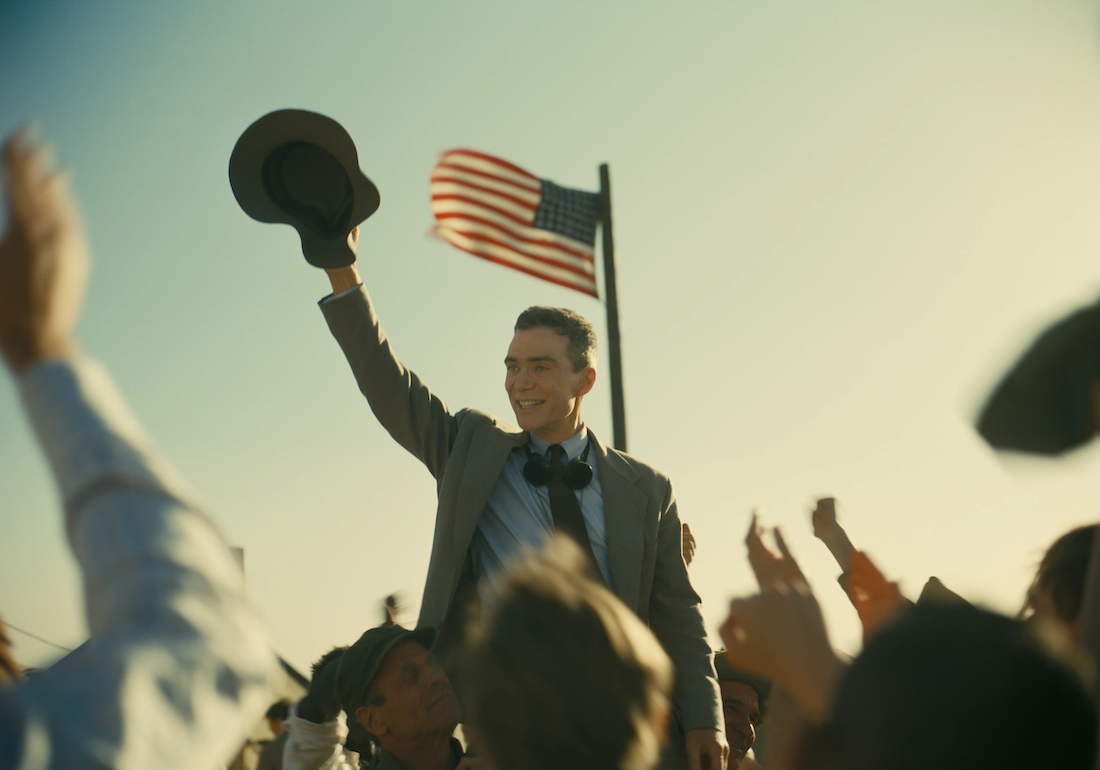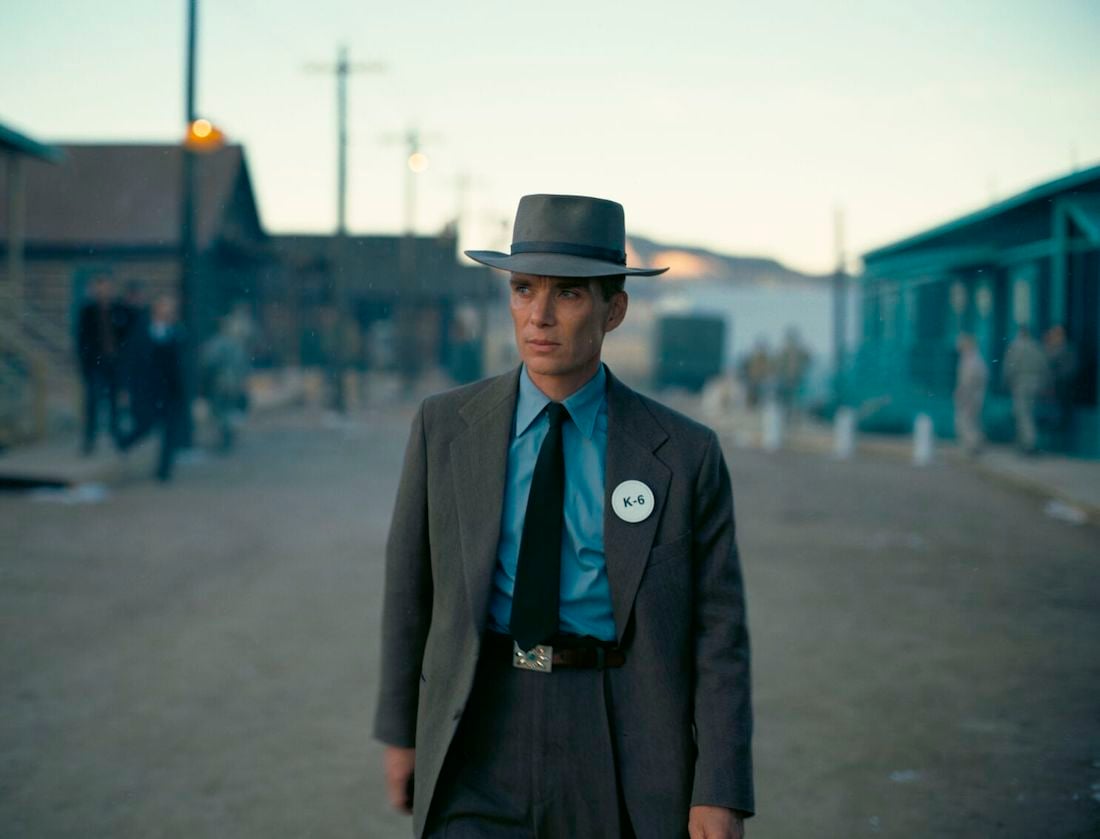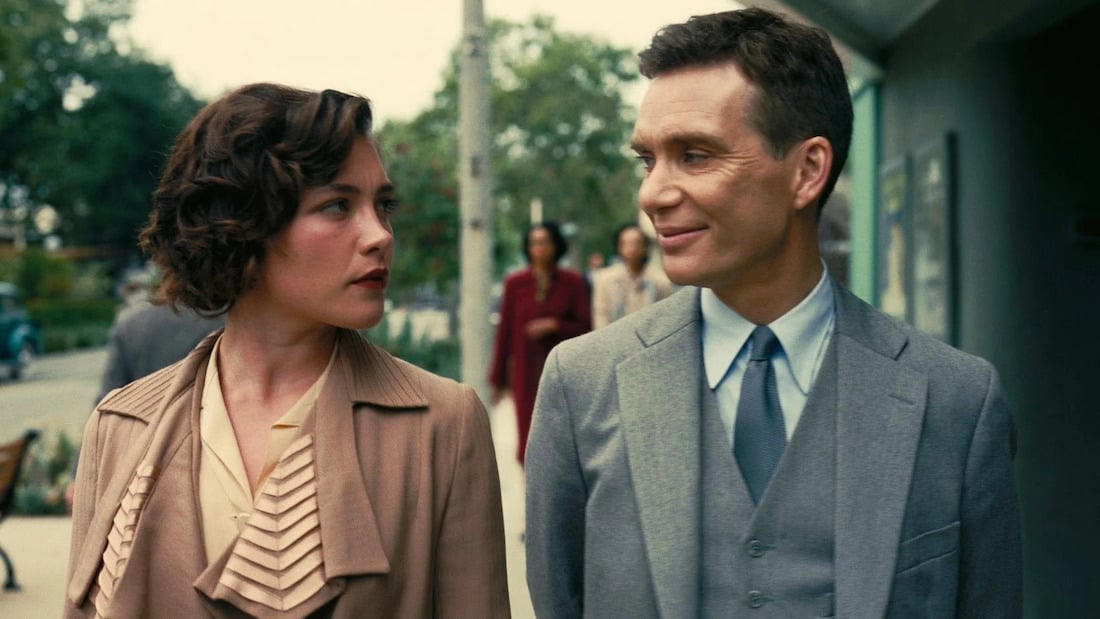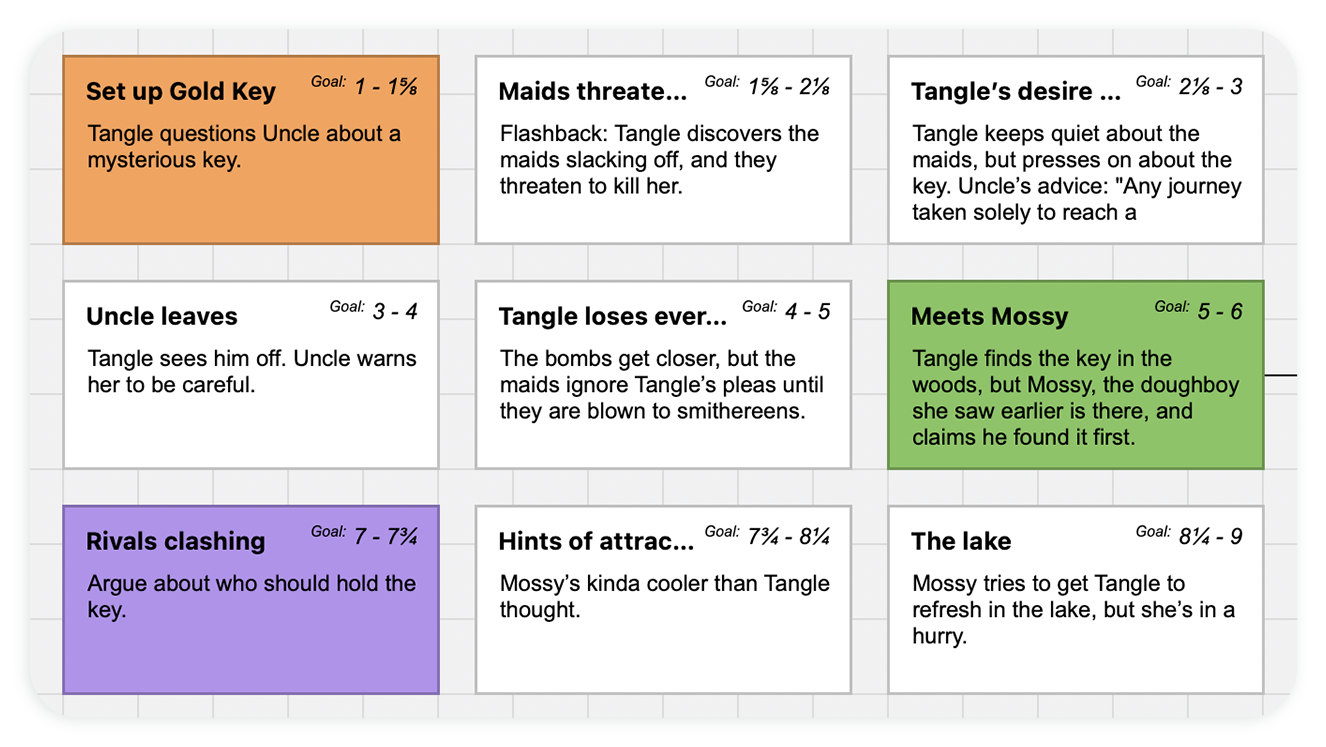6 Storytelling Lessons from Christopher Nolan's 'Oppenheimer'
July 26, 2023
J. Robert Oppenheimer was a complex person with a complicated life who was tasked with designing the near-impossible. All of this makes him a perfect character study in the new film by Christopher Nolan. Oppenheimer focuses on a few periods in the course of the title character’s life and weaves together a tale of an anti-hero rising and those who try to bring him down.
Oppenheimer is based on the lengthy biography American Prometheus: The Triumph and Tragedy of J. Robert Oppenheimer written by Kai Bird and Martin Sherwin, and was adapted for the screen and directed by Christopher Nolan. Although the new film is far from a standard summer blockbuster (especially considering its box office rivalry with Greta Gerwig's Barbie), leave it to a visionary filmmaker to get it made.
What elements of Oppenheimer’s life did Christopher Nolan use and what are some of the screenwriting lessons storytellers can take away from Oppenheimer?
Read More: From Novel to Script: Writing an Adaptation
Oppenheimer’s World
Oppenheimer is tasked with one of humanity’s biggest projects — leading the invention of the atomic bomb. What Nolan did in telling his story was keep everything directly from Oppenheimer’s perspective. This meant showing a time when the world was undertaking the most destructive war in history and yet never straying beyond Oppebheimer’s life. The movie never shows a newsreel of Hitler’s march throughout Europe nor does it cut away to scenes of Pearl Harbor, D-Day, or any other major event of World War II.

The focus is solely on the invention of the bomb and any fallout from Oppenheimer’s political associations. It’s an interesting choice to not go into the wider world but rather show how an individual in this time period saw what was going on around them.
It’s quite a human and relatable approach that writers can adopt in their own storytelling. In the context of Oppenheimer, what else would Oppenheimer do when he learns that Hitler invaded Poland other than head to school to teach his class?
Uncomplicating the Complicated
Explaining quantum physics to a movie theater audience munching on popcorn is a challenging task. There are several ways to make complicated concepts more understandable to the layperson. In Oppenheimer, Nolan sets it up so that no one knows what he’s talking about or, at least, in need of an explanation. He’s dabbling in new physics, theorizing about how atoms interact in their environment, and leading classes in his area of expertise.
The first class he teaches at Berkeley has one student enrolled (the concept is that new in the film). So, he begins to explain it to this individual. This montage ends with a room full of curious kids eager to learn more about this new science. The trick a screenwriter can use is to play on the curiosity of those in the movie who don’t know anything about the subject. Break down the science to the point where, if a grandparent asks you at a holiday dinner what it is, you can explain it in a way they understand.

In fact, use the people in your life as a test audience. Do you need your lead character to explain how an airplane flies? Explain it to someone. If they have questions, you can either update the dialogue in the script or have their questions asked by another character. The curiosity of characters can go a long way in explaining complicated things.
Also, brevity is key. No one is seeing your movie and hoping for a lecture. Explain it as quickly as possible, then move on.
What Motivates Oppenheimer?
One line in the film sums up Oppenheimer’s motivation for completing the atomic bomb when he says, “I don’t know if we can be trusted with this, but I know the Nazis can’t.”
It’s known by defecting scientists that Hitler intends to create a nuclear weapon. Placed in Nazi hands, along with the VX rocket technology they were working on, the war would become more destructive while putting the victory of the Allies in peril. World destruction is a heck of a motivator, and Oppenheimer understands the awesome power of the weapon he’s trying to build.
But before the bomb is created, the Allies win the European theater. Yet even after Nazi defeat, Oppenheimer and his Los Alamos team are still working to complete the bomb to drop it on Japan to show the might of the United States against their new aggressor, Russia.

The motivation has changed. Witnessing the destructive force of the atomic bomb in its trial and then hearing about the aftermath in Nagasaki and Hiroshima, Oppenheimer believes the U.S. should lead the world in stopping its proliferation.
Writers can see how motivation can change within the scope of the story. While you want your characters to be motivated, the circumstances in which they find themselves might change what’s important to them.
The Uncertain World
We all know the atomic bomb worked, so why is the audience just as nervous as the characters who are anxiously waiting to find out if it fails or sets the atmosphere on fire? If you’re writing a historical narrative in which the audience knows the conclusion, making it suspenseful can be challenging.
That’s when it’s important to remember that your characters don’t know how it ends. To characters in Oppenheimer the possibility the atomic bomb test would be a dud, or not be as explosive as they hoped or cause a massive chain reaction that kills them all, was a real possibility. And the audience feels it because Nolan created a compelling story with characters the audience wanted to follow, so they naturally felt the same tension.

Think of it like a rollercoaster. You know that it’s a track and that you’ll return to the platform safely, but the thrill is in the ride and unexpected twists and turns.
Spark a Debate
Almost 80 years after the end of World War II, there is still debate on whether the United States should have used the bomb on two Japanese cities. But what debate were the creators of the nuclear device having back then?
As Ian Malcolm (Jeff Goldblum) stated in Jurassic Park, “Your scientists were so preoccupied with whether or not they could that they didn't stop to think if they should.” The same could be said for the Manhattan Project.
Oppenheimer puts this discussion into context showing some of those working on its creation debating whether it’s the right thing to do. Even after the fact, Oppenheimer struggles with the reality of a nuclear world amid growing evidence that there were spies at Los Alamos feeding the Russians secrets to help them build a bomb, which they successfully did three years later sparking an arms race.
If you can create a debate within your story, you’ll have an engaged audience who will think about the movie long after they left the theater.

Adapting a Biography
American Prometheus is over 700 pages long and weaves together the entirety of Oppenheimer’s life. It’s simply impossible to turn all these details into a movie. Nolan had to find the moments in Oppenheimer’s life that were vital to tell the story he wanted to. He took the personal moments surrounding his troubled marriage, the gathering of scientists to create the atomic weapon, and the questioning of his loyalty to the United States afterwards.
One way of adapting someone’s life into a film is taking the moments that are most cinematic and building the narrative around that. Remember that, although there may be compelling parts of an individual’s life, it must work within the story and not there just because it’s interesting.
There is also a matter of creative license. Oppenheimer is considered a faithful and accurate representation but there are plenty of examples of movies where multiple people are turned into a single character (Catch Me If You Can) or scenes are heightened for dramatic effect (Argo).
What matters is the story you want to tell, how you want to tell it, and how much creative liberty you want to take.

---
Oppenheimer is a complicated story to tell but writers can see how Nolan crafted the film to specific emotional moments in Oppenheimer’s life. Recently, I read a passage in Rachel Louise Martin's book A Most Tolerant Town that illustrates how screenwriters can look at writing a biopic and reminded me of Oppenheimer’s role as told in the film, “History is the story of human beings, individuals responding to events already in motion and seldom under their control.”
Read More: So You Want To Write A Biopic?
Written by: Steven Hartman
Steven Hartman is an award-winning, optioned screenwriter. He was a Top 5 Finalist in Big Break’s Historical Category in 2019 and won Best Action/Adventure in Script Summit’s Screenplay Competition in 2021. He holds a Bachelor of Arts degree from Columbia College and had internships at Jerry Bruckheimer Films and Village Roadshow Pictures. Steve is a full-time writer and creative video producer by day and a screenwriter and novelist by night.



